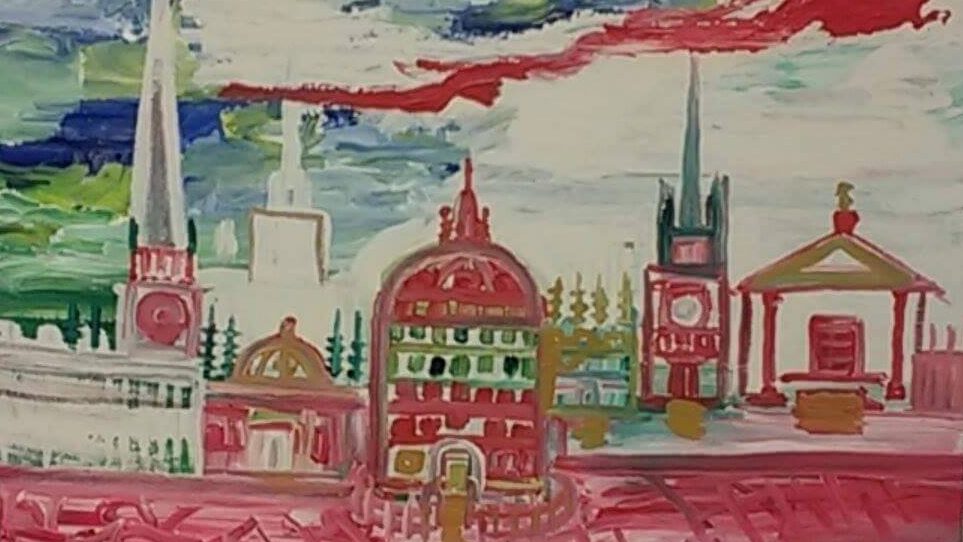“My ancestors were Portuguese painters,” Henry tells me in his thick Liverpudlian accent as he helps me carry a metre-long painted canvas back to my college. The bus shelter in which he lives is, by night, filled with a sleeping bag and tarpaulin as he tries to keep out the often harsh Oxford weather. By day, however, he clears this away to make a temporary art studio. The bench becomes both seat and easel and Henry is surrounded by various off-cuts of wood, packs of paints and a collection of his own works, all of which are for sale.
I walk past Henry every day on the way to my classes, looking at his works: an assortment of Oxford landscapes, religious motifs, and more abstract paintings. It might be overly generous to suggest that these are gallery-ready works of art, if there is such a thing, as many of them look unfinished or contain obvious mistakes. But they all have a certain colourful appeal against the stark greyness of Woodstock Road.
There is a great deal of variety when it comes to the theme or subject of his paintings. Amongst small skylines and vases of flowers stands a five foot tall painting of a clown, but in each he uses colour with such assertion that they all stand alone as impressive pieces.
Henry’s experimentation is clear as this ever-changing street gallery evolves in terms of skill and medium. Over a short few months, he moves from wood to canvas to even painting the Radcliffe Camera on a violin. His brushstrokes seem more deliberate and his use of colour becomes bolder, with skies of red and navy, and bright orange buildings.
The first painting to catch my eye was a long, landscape piece of wood painted completely black with a white streak breaking the darkness across the middle. It reminded me of home, of looking out at night on Aberdeen beach, the white horses of the breaking waves just visible in the pitch black of a summer after dark. However, and to my disappointment and surprise, a few days’ hesitation before I went to buy the painting was enough for it to be snapped up by someone else, whom I later discovered to be a friend in college. The speed of the turnover of paintings amazed me and so I was hastier when another one sparked my interest.
This time, the painting was of the Radcliffe Camera and was on a large canvas. The building stands in the middle, made of rough strokes of deep pink. Around it, other Oxford buildings form a backdrop but the perspective sets them slightly behind and the use of warm colour on the library brings it forward so that the eye is drawn to the building itself and then up to the spike on top.
From there, the sky opens up, with swirls of red, blue, and green which make it look at once stormy and summery. It was this unusual mix of colour in the sky that pushed me to approach Henry and ask to buy it. He told me that it was his mother’s dying wish for him to paint and we chatted about our shared roots in Liverpool.
More of a perfectionist than an art connoisseur, there were parts of the painting that I thought would bother me. Almost immediately after handing over my cash I was struck with the momentary regret of buying an unashamedly amateurish painting. Despite some poorly veiled looks of distaste from my friends, however, the painting (and its imperfections) has nothing but grown on me. The warm depiction of my adopted home brightens my dreary college room and reminds me of my favourite Oxford moments, when the skies are candyfloss blue and pink in the sunset.



